RECORDS OF HEDGE SCHOOLS
There were 3 hedge schools, two in Balla and one Rosslee, along with 3 day schools in Minolla (Manulla). The 3 hedge schools are shown to be in decline in attendance by 1836. But there were two, Day Schools which had opened in Minola in 1834. One of which had taught grammar as well as protestant and catholic catechism while the other taught only catholic catechism. The other subjects taught at these schools were: Reading Writing and Arithmetic. No area in Manulla, name of school, or roll book numbers were given to these schools, so no link can be made directly to Prizon school.
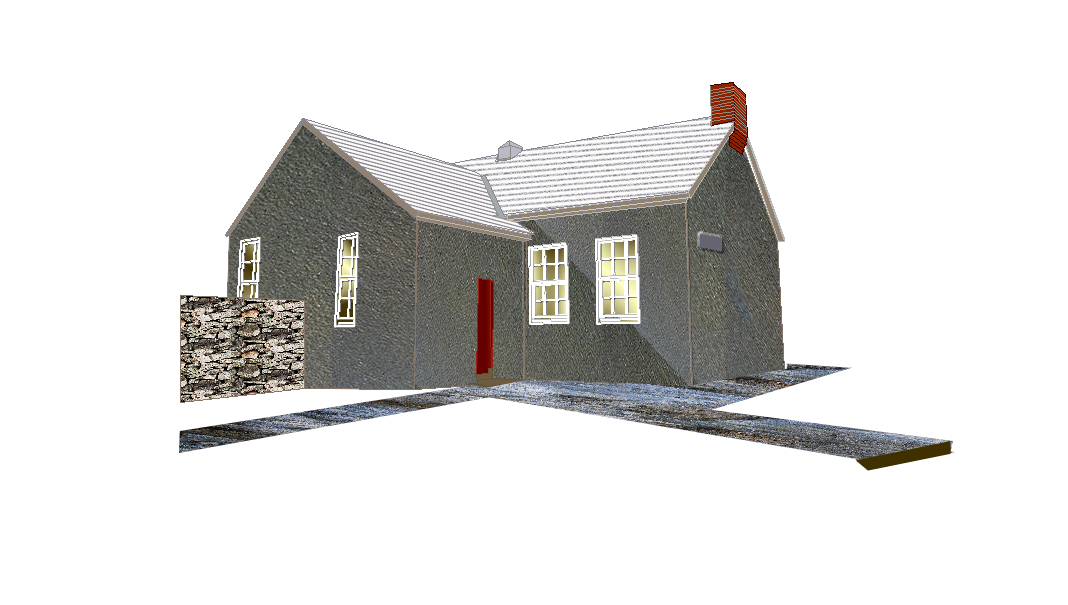














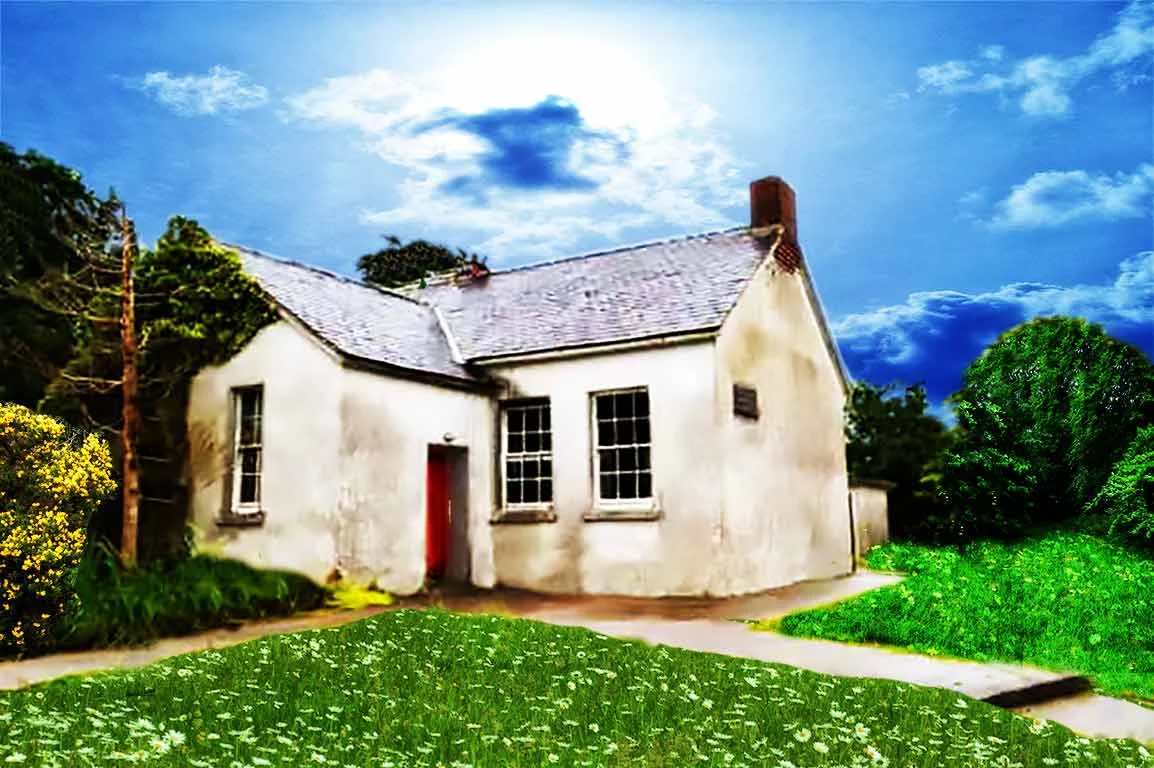

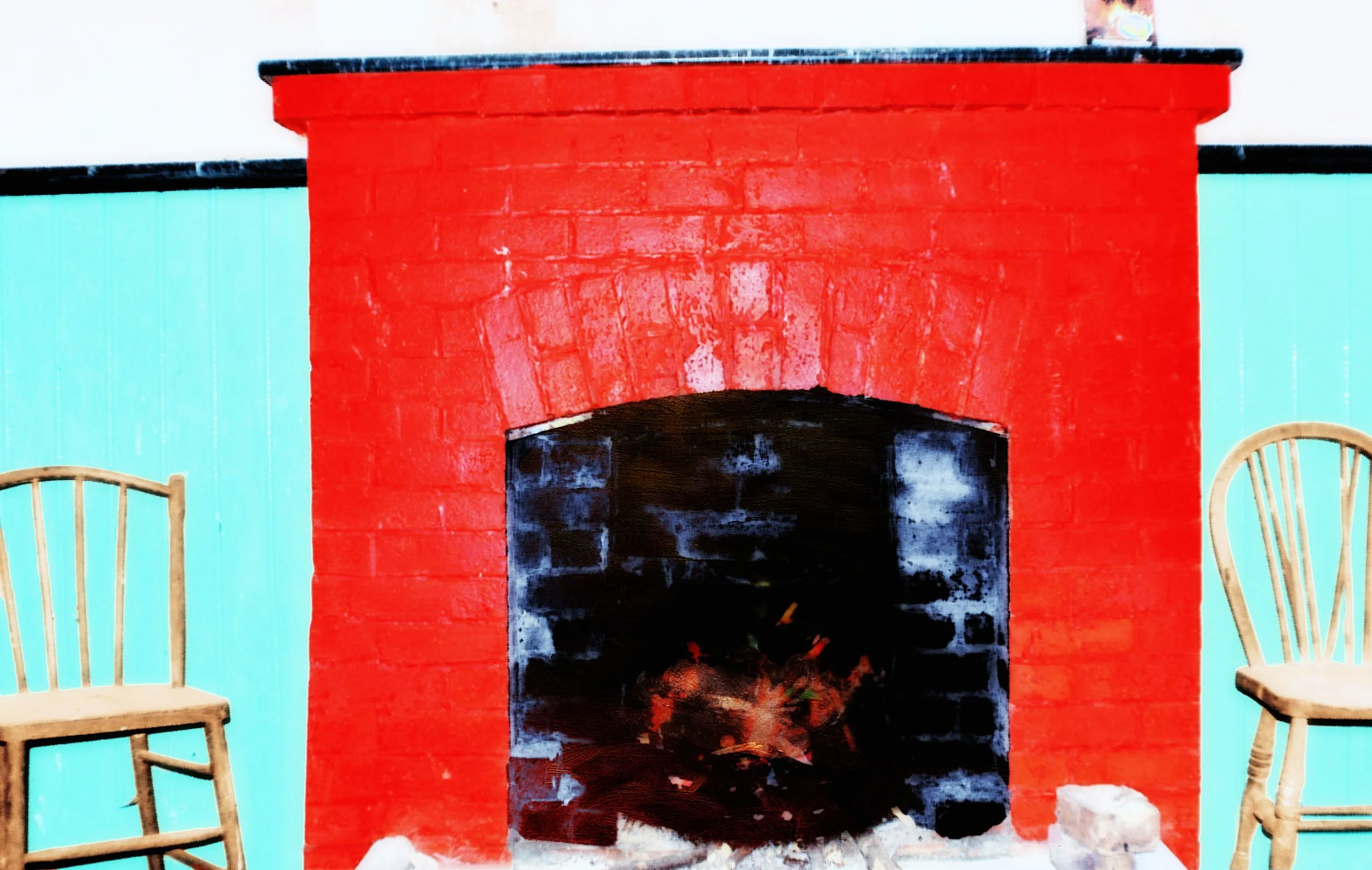




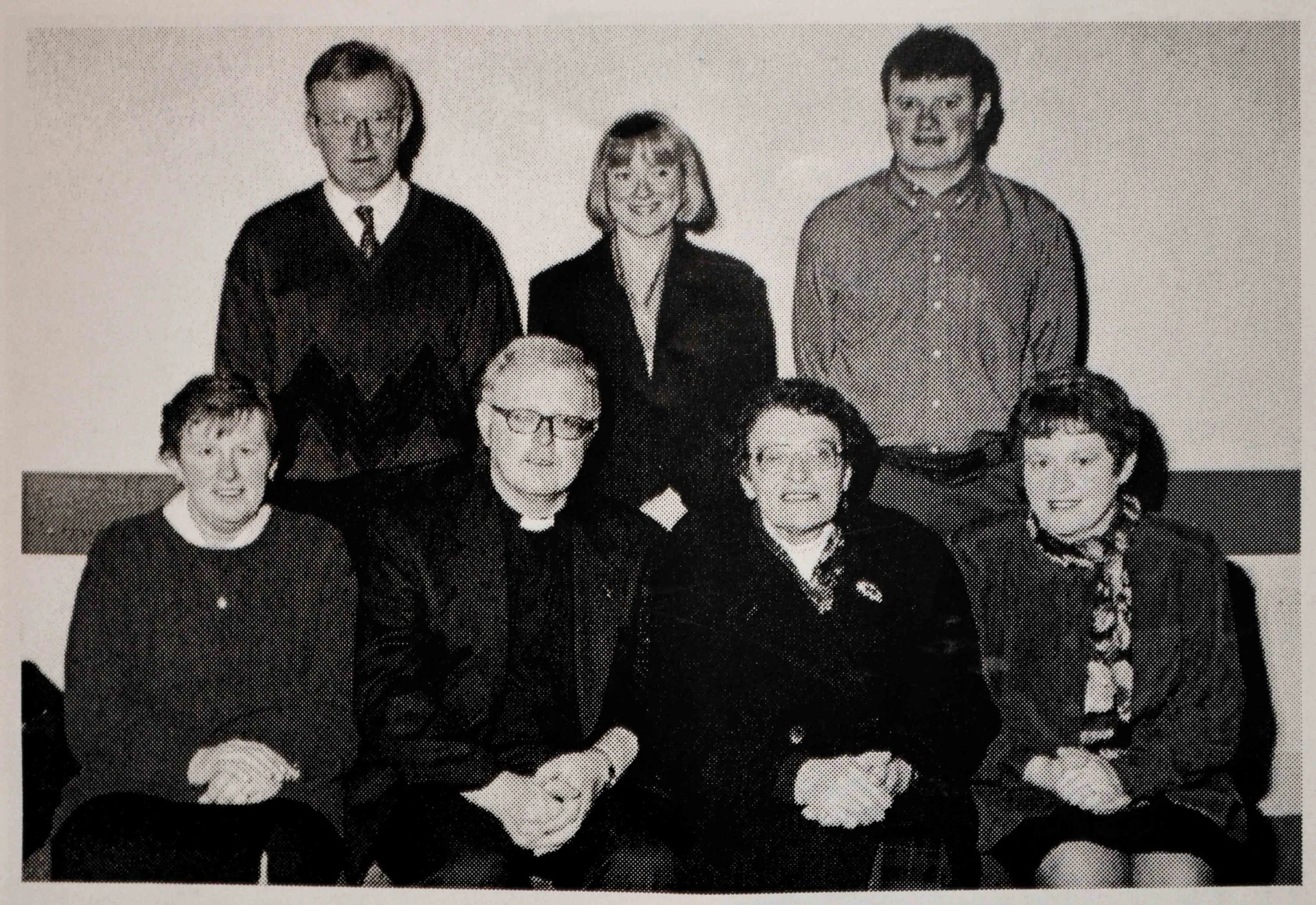
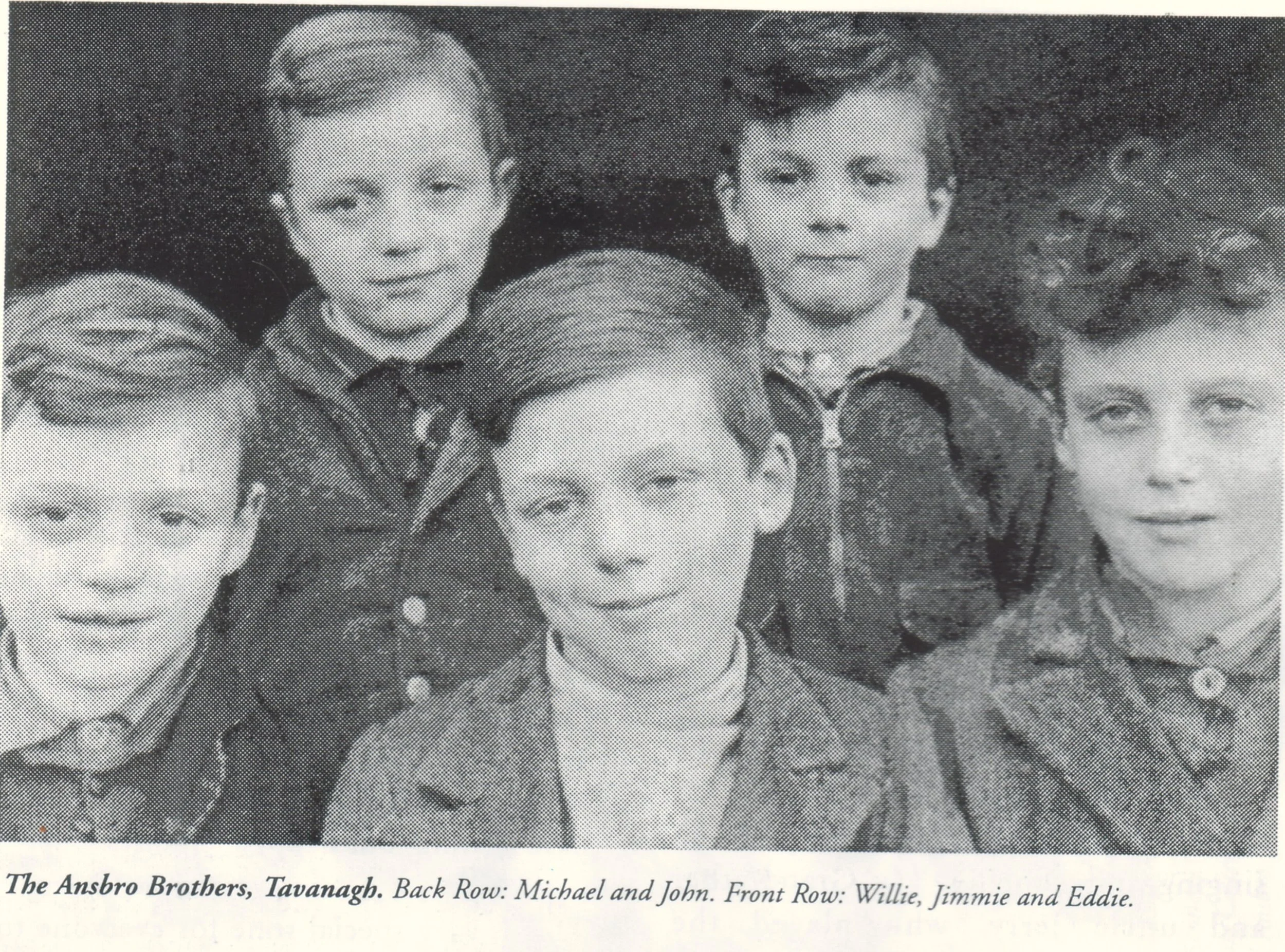

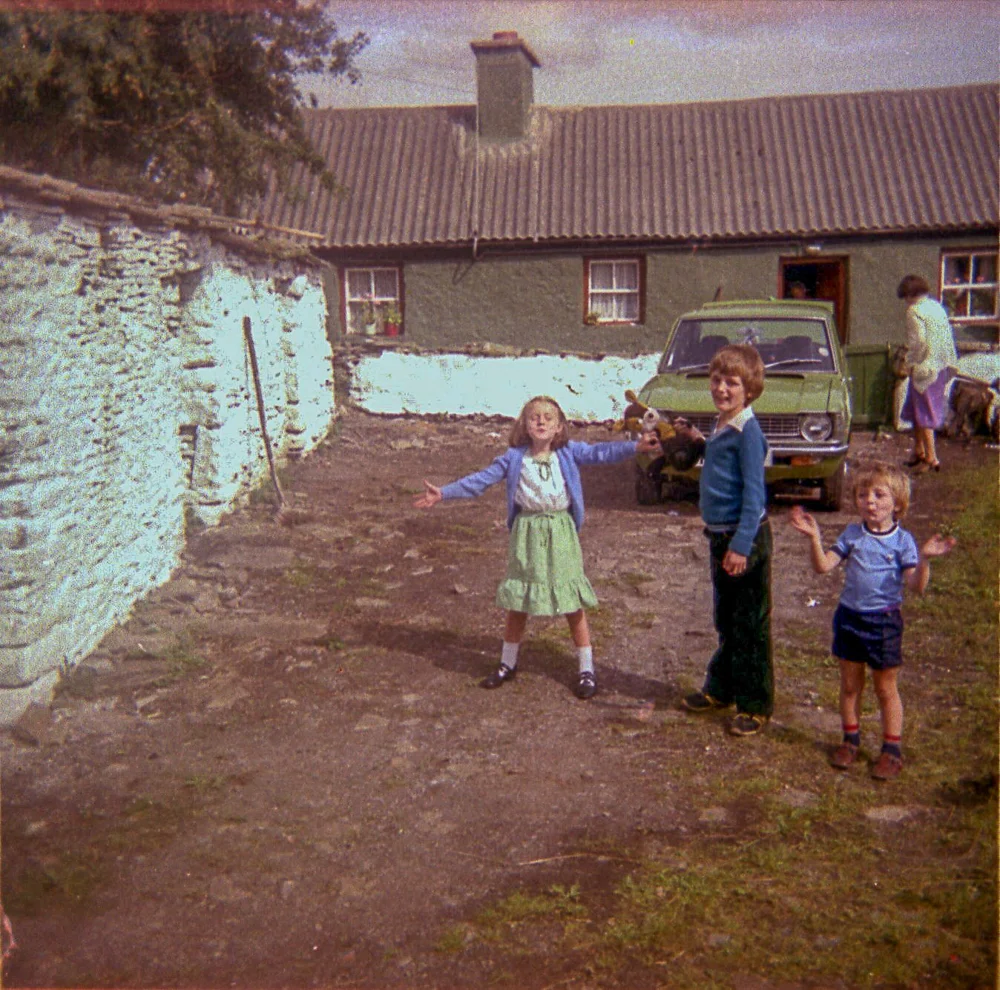

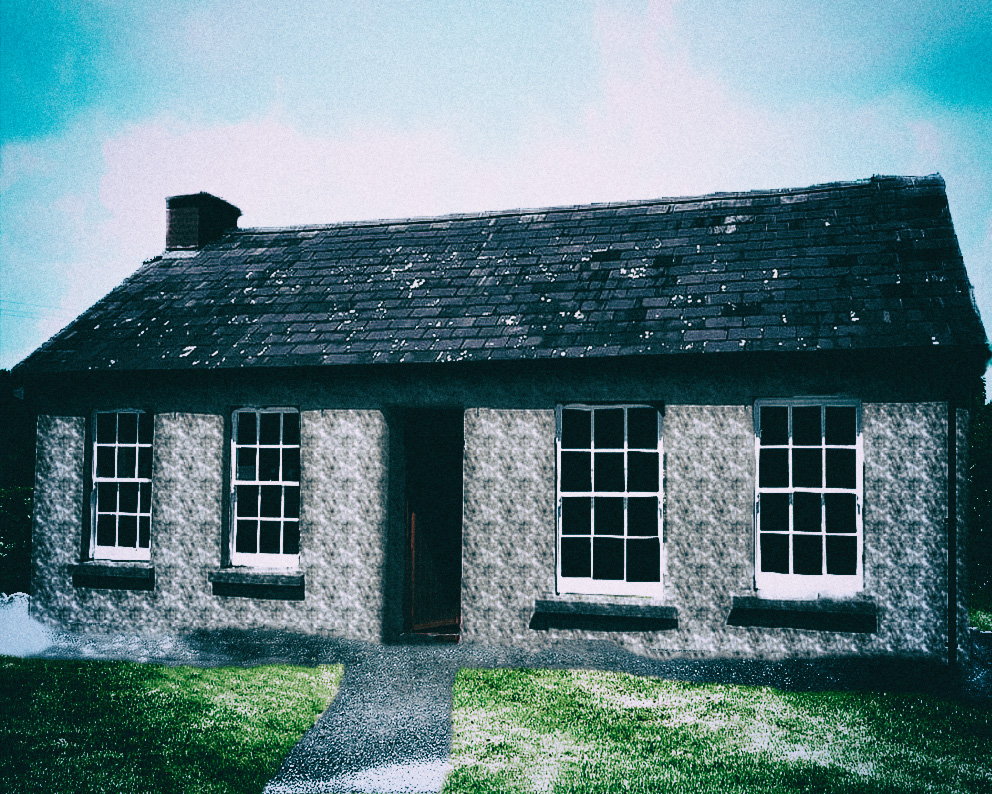














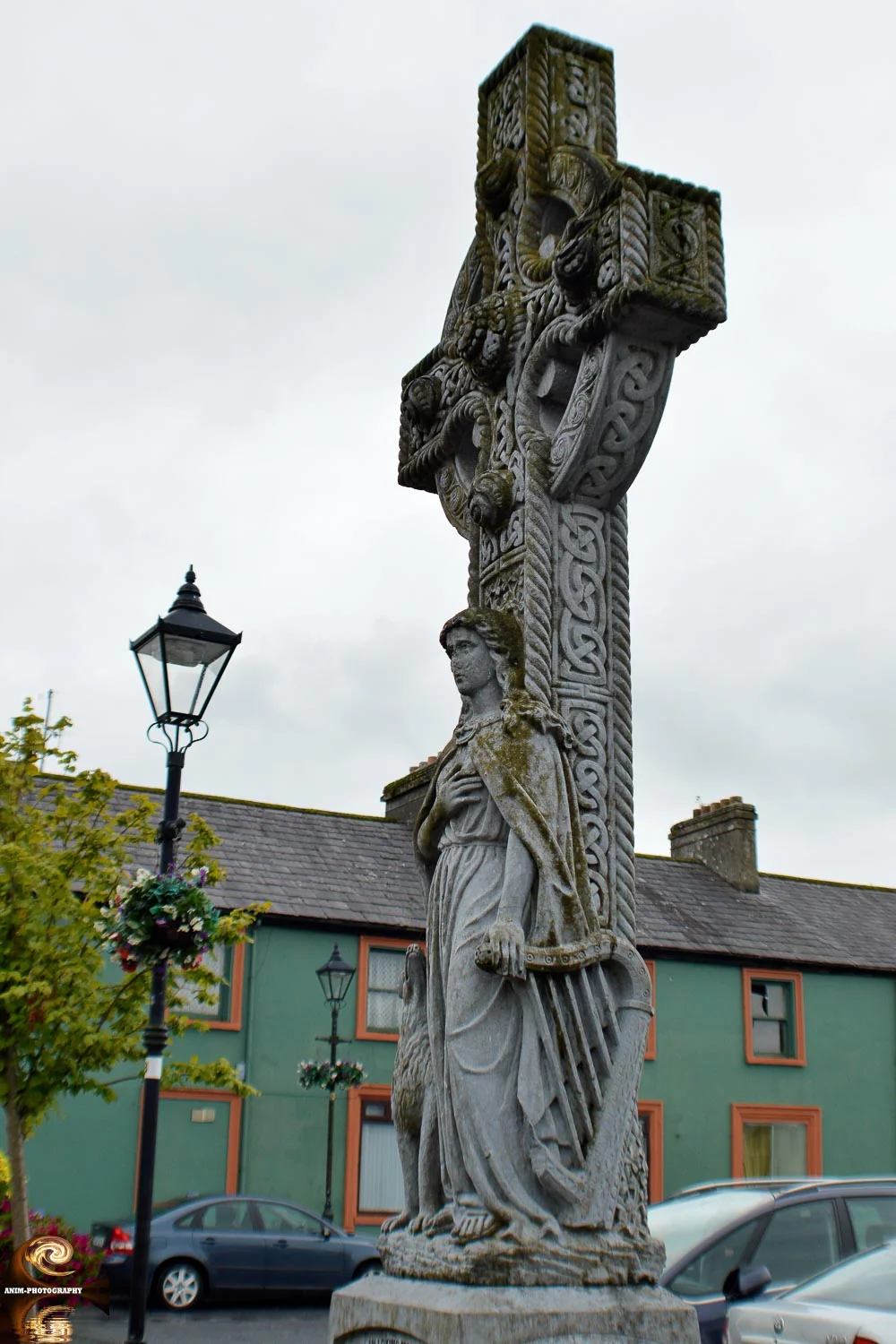









There was a hedge school in Michael Brady's land in the village of Rushill in the parish of Balla, Co. Mayo.
INFORMANT: Michael Kennedy, Age 48 Rush Hill, Co. Mayo